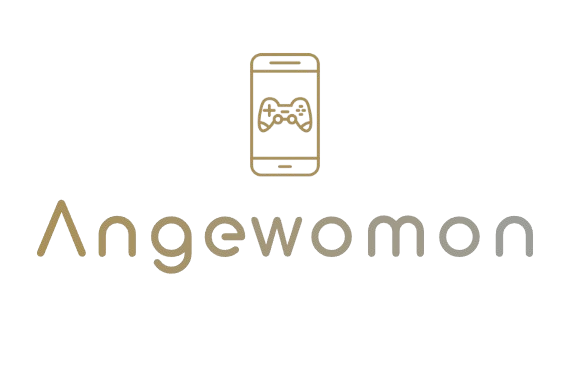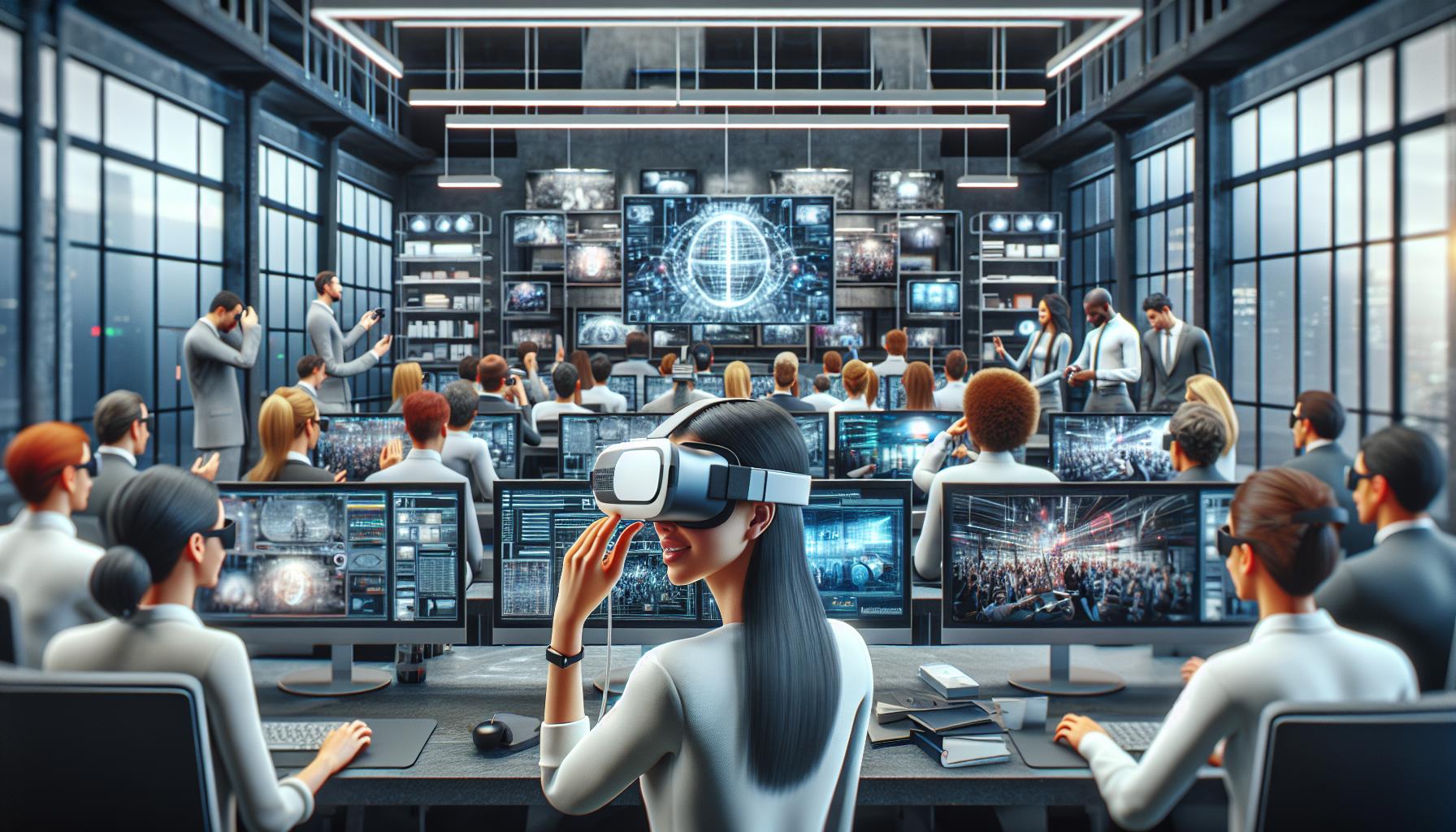
Virtual Reality Revolution: How Virtual Reality Could Change Content Marketing
Virtual reality isn’t just for gamers and tech enthusiasts anymore. It’s revolutionizing how brands connect with their audience, turning passive content consumption into immersive experiences that leave lasting impressions. As technology advances at lightning speed, VR is poised to transform content marketing in ways we never imagined.
Picture customers walking through virtual showrooms, test-driving products from their living rooms, or attending live events from anywhere in the world. VR’s power to create emotional connections and memorable experiences is reshaping how businesses tell their stories and engage with their target market. Using an online presentation maker, companies can enhance these experiences by creating immersive and interactive presentations. It’s not just about watching content anymore – it’s about living it.
How Virtual Reality Could Change Content Marketing
Virtual reality marketing creates immersive digital experiences that transport users into interactive 3D environments. Brands leverage VR technology to showcase products services through virtual showrooms demonstrations interactive tutorials.
VR marketing matters because it delivers:
- Enhanced Product Visualization: Customers explore products from every angle in photorealistic detail before purchasing
- Immersive Storytelling: Brands create memorable narratives by placing users directly inside their story world
- Experiential Engagement: Users actively participate in branded experiences rather than passively consuming content
- emotional Connections: Interactive VR experiences forge stronger emotional bonds between customers brands
Key VR marketing applications include:
| Application | Impact |
|---|---|
| Virtual Store Tours | 32% increase in purchase intent |
| Product Demos | 74% better information retention |
| Training Simulations | 40% faster skill acquisition |
| Virtual Events | 87% higher engagement rates |
Top brands implement VR marketing through:
- 360° Video Content: Viewers control their perspective while exploring immersive video experiences
- Virtual Showrooms: Customers browse examine products in realistic 3D environments
- Interactive Tours: Users navigate virtual spaces to discover brand stories features
- Training Programs: Employees learn complex tasks through hands-on VR simulations
VR marketing transforms traditional content into interactive experiences that capture attention drive engagement generate measurable results. This technology enables brands to create memorable impactful connections with their audience through immersive storytelling participation.
Creating Immersive Brand Experiences
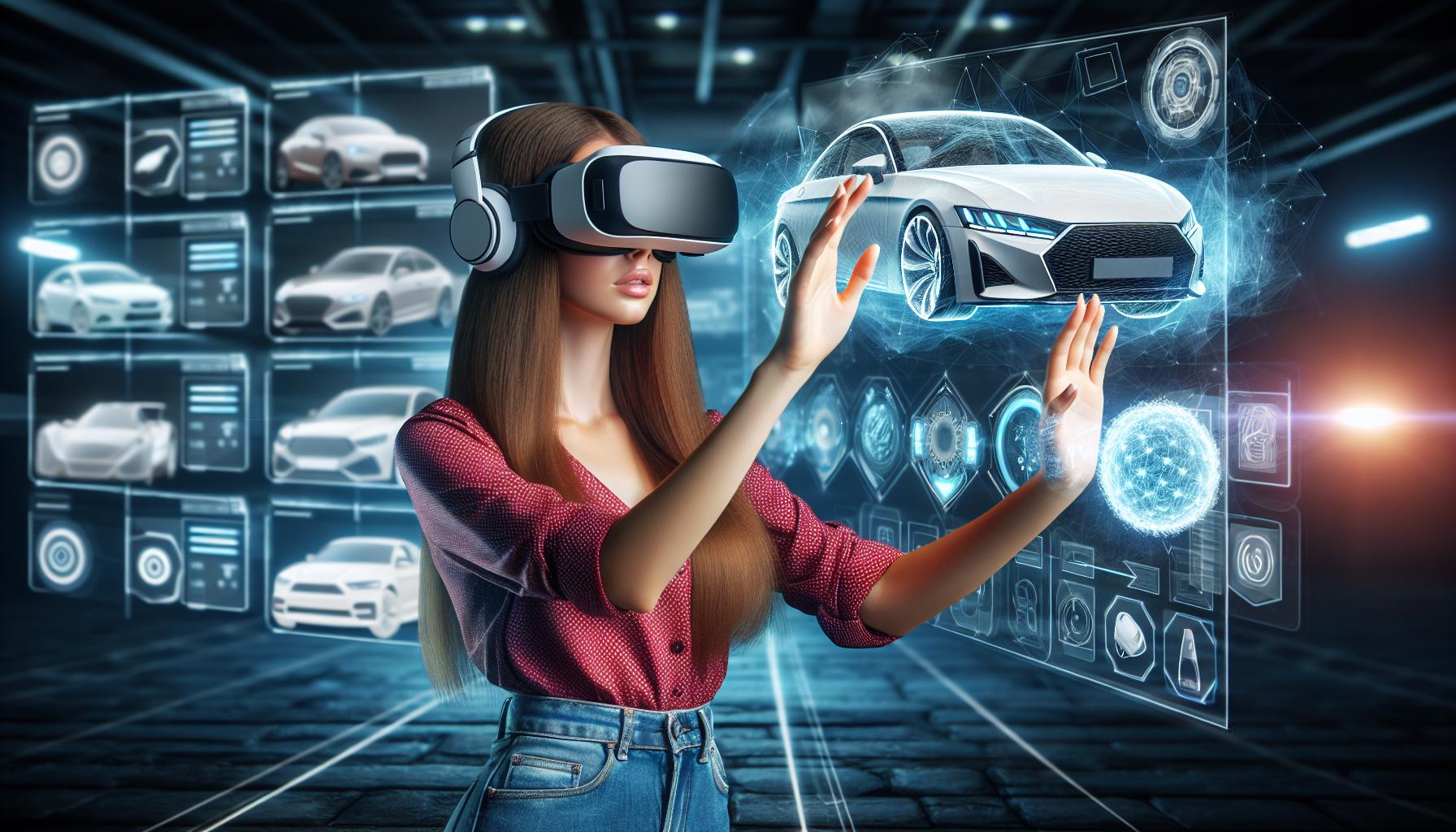
Virtual reality transforms traditional brand interactions into memorable digital journeys. These immersive experiences create deeper emotional connections between consumers and brands through multi-sensory engagement.
Interactive Product Demonstrations
VR product demonstrations enable customers to examine products in detail from any angle. Users manipulate 3D models to explore features, test functionalities, and visualize customization options before purchase. Companies like BMW showcase virtual car configurations, letting customers sit in driver’s seats, change interior colors, and experience vehicles in different environments. Real estate firms utilize VR demos to showcase properties, allowing potential buyers to take measurements, view furnishing options, and inspect architectural details in photorealistic detail.
Virtual Store Tours and Showrooms
Virtual showrooms replicate physical retail environments in immersive 3D spaces. Customers browse products, interact with displays, and make purchases without leaving their homes. IKEA’s virtual showroom enables furniture placement visualization in actual room dimensions using precise measurements. Luxury brands like Gucci create exclusive VR boutiques featuring limited collections, personalized shopping assistants, and interactive product displays. These virtual spaces integrate e-commerce functionality, allowing instant purchases while maintaining the experiential aspects of in-store shopping.
Storytelling in Three Dimensions
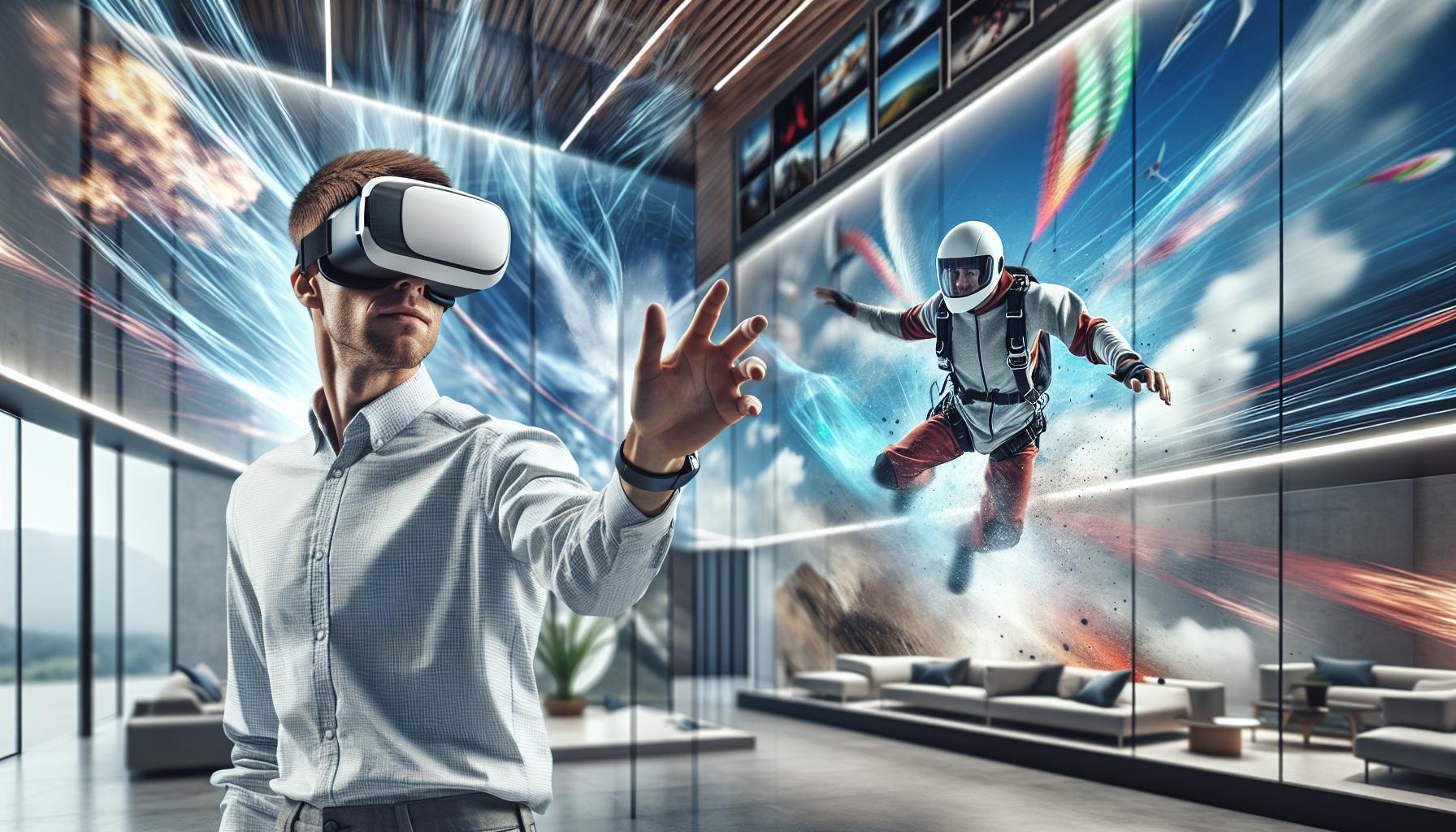
Virtual reality transforms traditional storytelling into immersive three-dimensional experiences that engage audiences on multiple sensory levels. VR content marketing creates deeper emotional connections through interactive narratives that place viewers at the center of the story.
360-Degree Video Content
360-degree video content enables viewers to explore stories from every angle within a spherical environment. Brands like Red Bull capture extreme sports events in 360-degree format, allowing viewers to experience the intensity of sky diving or mountain biking through immersive perspectives. The National Geographic leverages this technology to transport audiences into remote locations, from underwater coral reefs to Antarctic expeditions. Statistics show that 360-degree videos generate:
| Metric | Performance |
|---|---|
| Click-through rates | 4.5x higher than traditional video |
| Viewer engagement | 85% completion rate |
| Brand recall | 2.5x better than 2D content |
- Branching storylines based on viewer choices
- Real-time interaction with virtual brand ambassadors
- Custom narrative paths that adapt to user preferences
- Multi-sensory feedback through haptic controllers
- Social sharing capabilities within virtual environments
Data-Driven VR Marketing Insights
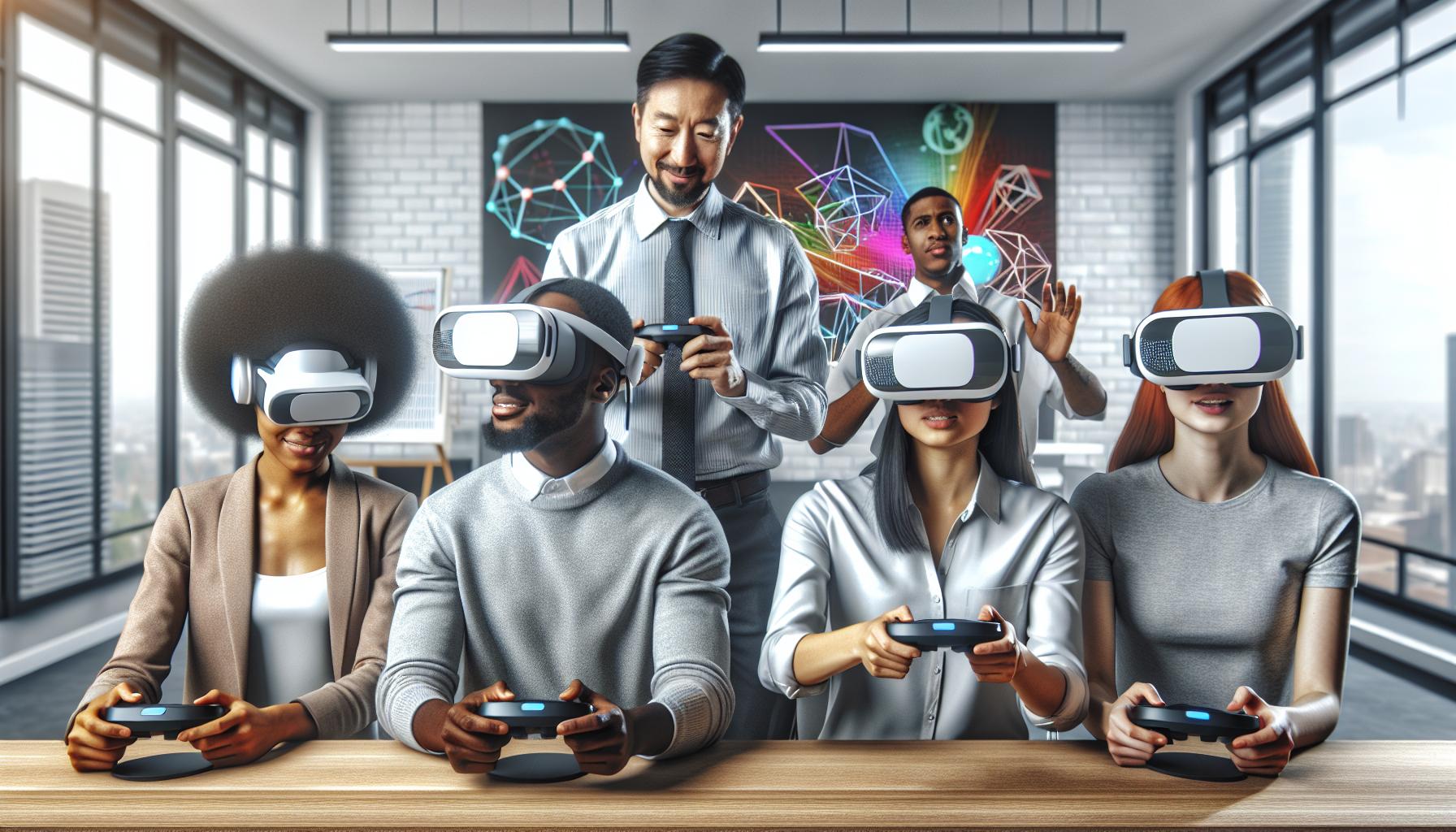
Virtual reality analytics provide marketers with unprecedented access to user behavior data in immersive environments. These insights enable precise measurement of engagement metrics while optimizing virtual experiences for maximum impact.
Tracking User Engagement and Behavior
VR analytics tools capture detailed user interactions within virtual environments through eye tracking, motion sensors & behavioral data points. Heat mapping reveals which elements attract the most attention, with users spending 5.2x longer examining products in VR compared to traditional website browsing. Gaze tracking metrics show 72% higher engagement rates for interactive 3D content versus static images. Advanced analytics platforms monitor user movement patterns, time spent in different zones & interaction frequency with virtual objects. This granular data enables marketers to identify high-performing content elements, optimize virtual space layouts & measure key performance indicators like dwell time, completion rates & conversion actions.
Personalizing Virtual Experiences
Machine learning algorithms analyze VR interaction data to deliver customized experiences based on individual user preferences. Dynamic content adaptation adjusts virtual environments in real-time, with 82% of users reporting increased satisfaction from personalized VR experiences. Behavioral patterns inform automated content recommendations, product placement & environmental modifications. User profile data combines with spatial analytics to create targeted messaging, custom product showcases & tailored navigation paths. Advanced personalization engines process multiple data points including previous interactions, stated preferences & demographic information to generate unique experiences for each visitor. A/B testing reveals personalized VR experiences generate 3.4x higher conversion rates compared to generic virtual environments.
Challenges and Implementation Considerations
Implementing virtual reality in content marketing presents distinct technical hurdles paired with strategic planning requirements. Organizations face specific infrastructure demands balanced against potential returns on investment.
Technical Requirements and Costs
VR implementation requires substantial hardware investments including headsets ($300-$1000 per unit), high-performance computers ($1500-$3000 each) dedicated servers ($5000-$10000). Content development platforms like Unity or Unreal Engine demand specialized expertise with development costs ranging from $10,000 to $100,000 per project. Infrastructure requirements encompass:
- Network bandwidth: Minimum 50 Mbps dedicated connection
- Storage capacity: 500GB-1TB per VR experience
- Processing power: Graphics cards with 8GB+ VRAM
- Display requirements: 4K resolution minimum
- Motion tracking systems: $2000-$5000 per setup
- Frame rates: Maintain 90 fps minimum for smooth interactions
- Asset optimization: Reduce polygon counts to under 100k per scene
- Loading times: Keep initial load under 15 seconds
- Interactive elements: Place key objects within 60-degree viewing angle
- Audio integration: Use spatial audio with 360-degree sound placement
- Movement design: Implement teleportation over continuous motion
- Testing protocols: Validate across multiple VR platforms
- Performance metrics: Monitor frame timing latency below 20ms
The Future of VR in Marketing Strategy
VR marketing adoption rates demonstrate exponential growth across industries, with a projected market value reaching $92.3 billion by 2027. Organizations leverage VR technology to create personalized customer journeys that adapt in real-time based on user interactions.
AI-powered VR platforms analyze customer behavior patterns to deliver customized content experiences:
- Gesture recognition systems track physical movements to adjust content presentation
- Eye tracking technology maps visual attention points for optimal content placement
- Voice recognition enables natural interactions within virtual environments
- Biometric sensors measure emotional responses to refine engagement strategies
Interactive VR commerce creates new revenue opportunities through:
- Virtual product customization studios allowing real-time modifications
- Social shopping experiences connecting multiple users in shared spaces
- AI-powered virtual shopping assistants providing personalized recommendations
- Dynamic pricing models based on user engagement metrics
Enterprise integration of VR marketing shows measurable results:
| Metric | Impact |
|---|---|
| Customer engagement | 4.5x increase |
| Purchase intent | 135% higher |
| Brand recall | 78% improvement |
| Average session duration | 10.3 minutes |
Cross-platform VR experiences enable seamless content delivery across devices:
- WebVR applications accessible through standard browsers
- Mobile VR solutions for widespread accessibility
- Premium headset experiences for flagship brand presentations
- Mixed reality implementations combining virtual and physical elements
These technological advances position VR as a central component in modern marketing strategies, transforming how brands connect with audiences through immersive digital experiences.
What Is Virtual Reality Marketing and Why Does It Matter
Virtual reality stands poised to revolutionize content marketing by creating deeper emotional connections and more engaging brand experiences. As technology advances and becomes more accessible brands will find innovative ways to leverage VR for storytelling product demonstrations and customer interactions.
The fusion of data analytics AI and immersive experiences opens new frontals for personalized marketing that resonates with audiences on multiple sensory levels. While implementation challenges exist the projected growth and measurable results indicate that VR marketing isn’t just a trend – it’s becoming an essential tool for brands looking to stay competitive in an increasingly digital world.
